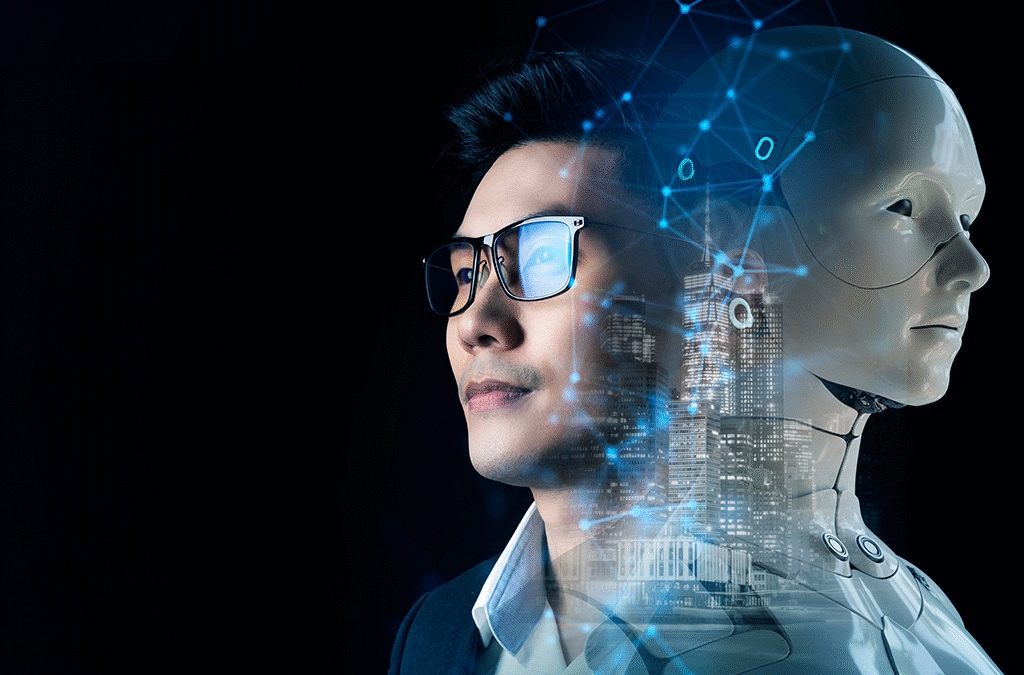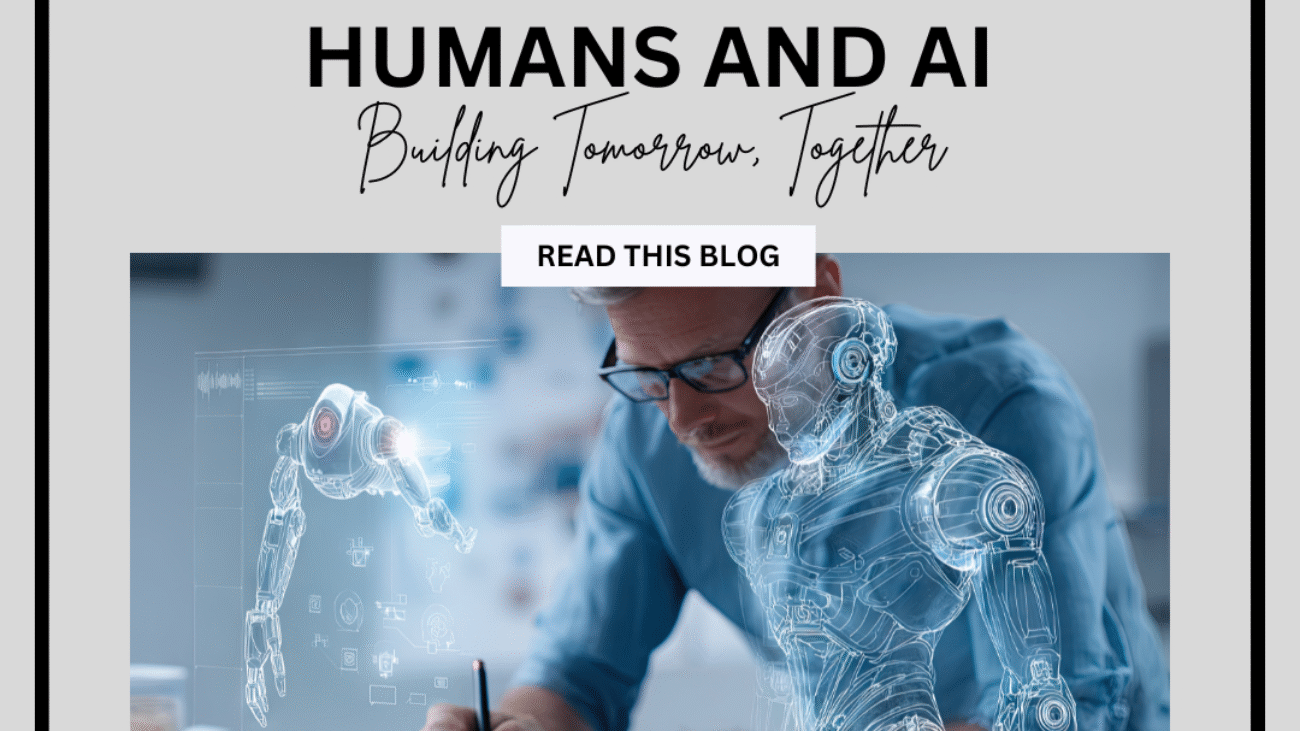Introduction
In today’s business landscape, organizations are increasingly embracing artificial intelligence (AI) initiatives—yet many are not seeing the returns they expected. According to a recent report by Boston Consulting Group (BCG), only about 5% of the 1,250+ companies surveyed are achieving measurable value from their AI investments. The missing ingredient? It’s not purely about the technology it’s about people, culture and human-centric design.

This blog dives deep into what it means to build the human core of AI transformation: the mindset, culture, skills and organisational structure that unlocks value from AI, rather than letting it become an expensive experiment. Whether you’re a leader, an HR/people-ops professional, or an AI practitioner, this blog will give you research-backed insights, best practices, and a framework for action.
Why “Human Core” Matters in AI Transformation
1. AI Without Humans is Limited
Most organizations invest in advanced tools and platforms, but the real constraint lies in people adapting their roles, workflows and mindsets. As one article puts it: “Successful transformations will deliver ROI … by placing human value at the core of their AI strategies.
2. Culture & Readiness Matter More Than Technology
Research from Deloitte shows that organisations with a strong data-driven culture are twice as likely to exceed business goals during AI transformation.
More strikingly, the difference between “AI pilot friendly” and “AI transformation ready” often lies in non-technical issues: leadership, trust, psychological safety, workforce skills.

Human x AI
3. Humans + AI = Collaborative Intelligence
Emerging academic research highlights a pivotal shift: the future is not “humans replaced by AI” but rather “humans working with AI.” A recent study argues that real transformation comes when humans and machines co-evolve when you design for complementarity, not substitution.
This means the human core isn’t just a soft factor it’s a strategic enabler of AI value.
Key Pillars of a Human-Core AI Transformation
Here are six pillars organisations should focus on if they want to place the human core at the centre of their AI transformation.
1. Leadership & Vision
- Organizations must have leaders who don’t just sponsor but champion AI transformation as a human + tech journey. For example, the Harvard Business School article “AI-First Leadership” says that “humans with AI will replace humans without AI.” Harvard Business Impact
- Leaders must articulate a clear vision: “Why are we using AI? How will it change roles? What does success look like for humans + machines?”
- Mid-level leaders matter a lot—they bridge the strategic vision and day-to-day execution. If they aren’t equipped, the transformation stalls.
2. Skills, Mindsets & Workforce Readiness
- Think beyond technical skills. As one study noted, successful AI implementation also addresses human psychology, meaning people’s fears, motivations, sense of purpose. Loyola University Chicago –
- Upskilling is critical. According to Gartner, HR functions estimate that ~37 % of their workforce will be impacted by generative AI in the next 2-5 years. Gartner
- Cultivate an “AI-first mindset” where employees think in terms of augmentation, experimentation, and continuous learning—not simply “I will be replaced”.
3. Culture of Experimentation & Psychological Safety
- A bottom-up approach is preferred over top-down mandates. The World Economic Forum article highlights that organisations build human-centred AI by amplifying peer recognition, psychological safety and team-based movements. World Economic Forum
- Encourage small pilots, learn fast, iterate. Celebrate failures as learning opportunities.
- Make sure human concerns—job security, role clarity, value in new context—are addressed early on, not after the tools are live.
4. Redesigning Work & Roles
- AI changes what work looks like. As Gartner notes, HR now must “redesign roles and delivery models to reflect a blended human–AI workforce”. Gartner
- This is not simply automating the old tasks. It’s rethinking: What unique human-value tasks should remain? Which tasks will be augmented by AI?
- Build the “human core” by designing roles such that humans do what they’re uniquely good at (empathy, creativity, judgement) and machines support them where they are less strong.
5. Governance, Ethics & Trust
- People will only engage fully when they trust the AI systems, and when they understand their role, the transparency and the ethical dimension. A review of trust in AI-enabled systems found that socio-ethical considerations and user characteristics are major factors. arXiv
- Create governance mechanisms: clarity on what AI decisions are, who owns them, how humans intervene.
- Ethical design: Ensure bias is managed, AI decisions are explainable, humans stay “in the loop”.
6. Technology & Data Foundation (Enabler)
- The human-core perspective does not mean ignoring technology—it means enabling it with strong foundations. Without good data, analytics, platforms and integration, human-centric efforts will struggle.
- But remember: technology is enabler, not the lead actor. The human core must drive the use-cases, workflows and adoption.
A Framework You Can Use: The Human-Core AI Transformation Map
Here’s a simplified map you can use in your organisation to orient your AI transformation with a human core.
| Phase | Focus | Key Human-Core Questions |
|---|---|---|
| 1. Strategise | Define vision, align stakeholders | Who will this AI serve? How will humans and machines work together? |
| 2. Prepare & Upskill | Skills, mindsets, culture | What skills do our people need? How will we build psychological safety? |
| 3. Pilot & Redesign Work | Experimentation, role redesign | What tasks are better done by humans + AI? How do roles change? |
| 4. Scale & Embed | Broader rollout, governance, measurement | Are “human+AI” workflows standardised? How do we track human-outcomes AND AI-outcomes? |
| 5. Sustain & Evolve | Continuous learning, culture, innovation | How will we adapt as AI evolves? How will humans stay at the centre going forward? |
Case-In-Point: What Success Looks Like
- One HR transformation story: Organizations that place HR at the centre of AI transformation (not as a support function) are seeing better outcomes. JOSH BERSIN+1
- From the human-centred AI article: Companies that focused on employee experience, fostering collaboration and aligning AI initiatives with organisational goals unlocked genuine productivity and innovation. SHRM
- Academic research on industrial enterprises: In China, “human-AI collaboration” positively moderated the link between AI-driven digital transformation and firm performance. arXiv
These examples highlight a clear pattern: when humans are treated as central, AI delivers more value.
Common Pitfalls & How to Avoid Them
- Pitfall: Focusing only on cost-cutting or automation.
Avoid by: Framing AI as augmentation, value creation and human-technology synergy. - Pitfall: Underestimating culture, workforce readiness and change management.
Avoid by: Investing early in skilling, mindsets, and human-centric design. - Pitfall: Thinking AI is “plug and play”.
Avoid by: Treating it as a deep change in how work is done, not simply a tool installation. - Pitfall: Ignoring ethical, transparency and trust issues.
Avoid by: Embedding governance, human oversight and explainability from day one.
Conclusion
For many organisations, the leap from “AI experiments” to “AI-driven growth and transformation” is not a technological leap—it’s a human and organisational leap. When you build your AI efforts around the human core—leadership, skills, culture, role redesign, trust—you move from deploying tools to building capabilities.
As the research and practitioner insights show: the organisations that will thrive in the AI era are those that amplify human potential through AI, not simply replace it.
Created by Zain Malik | Blue Peaks Consulting

 Cart is empty
Cart is empty 
Add a Comment